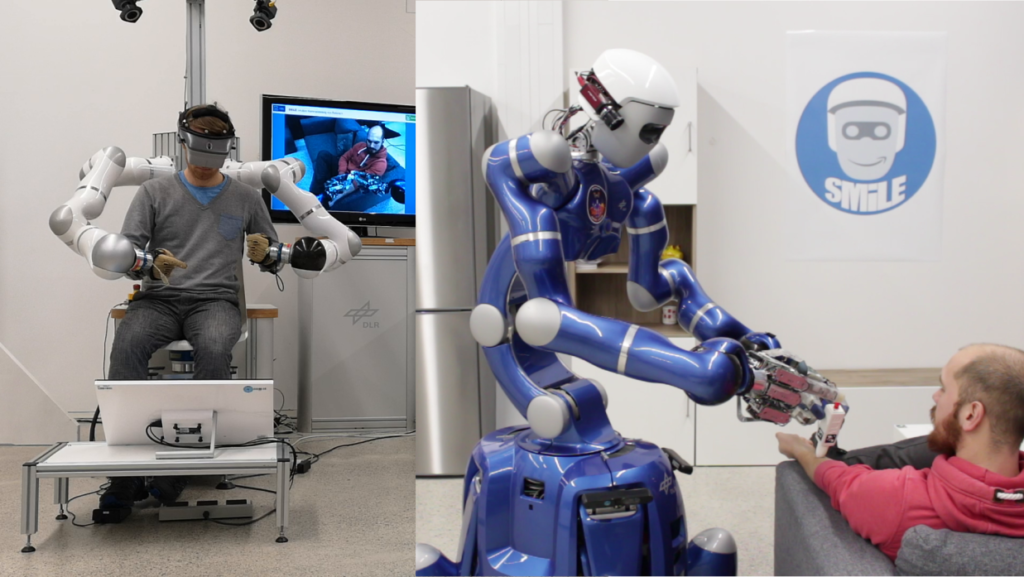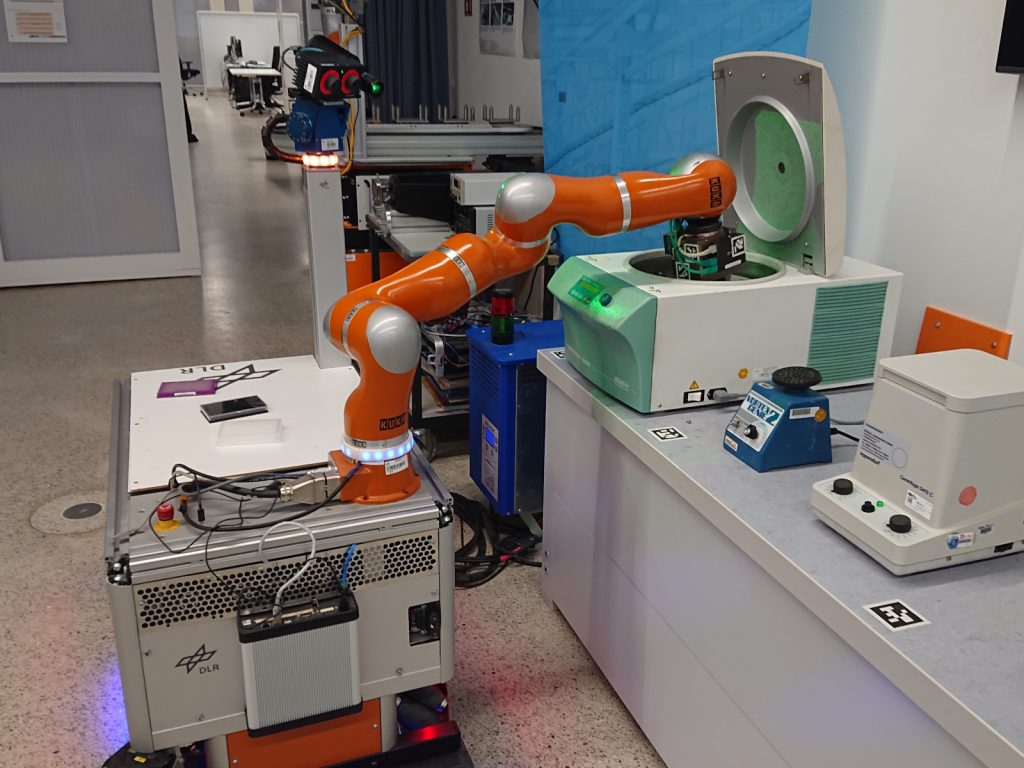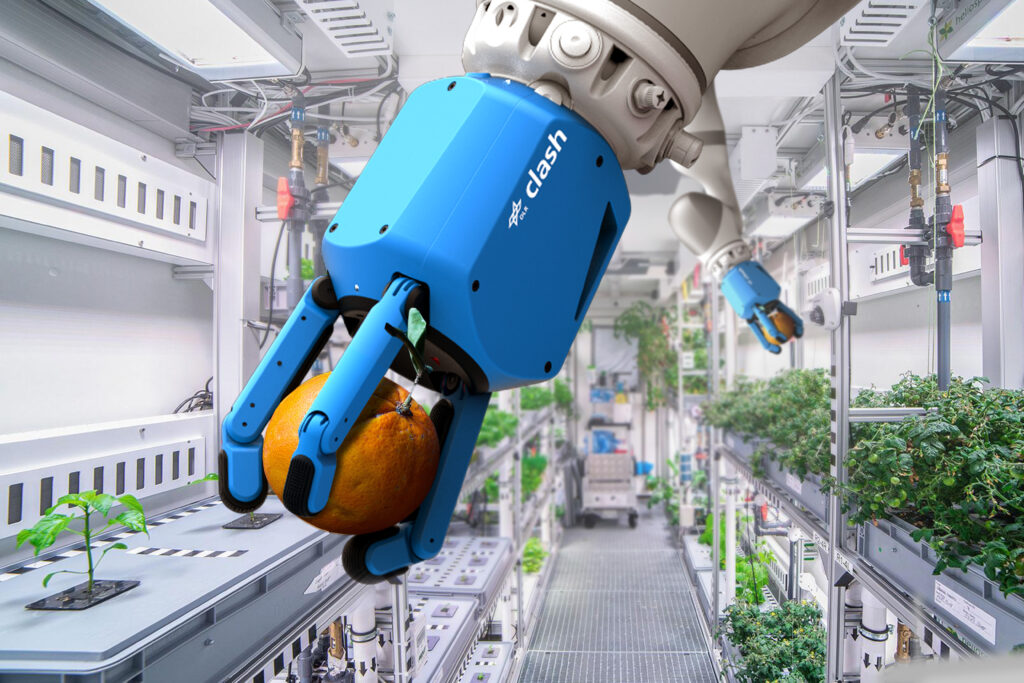In the future, robots should be able to handle failure situtations autonomously, such that humans can concentrate on more essential tasks. Two aspects are crucial here:
- A truly autonomous robot has to be able to recover from unforeseen failure situations, preferably without any human intervention.
- Robots have to provide a much richer catalog of actions and autonomously decide on them, to leverage their full potential.
To fulfill these two conditions, the latest methods from the field of artificial intelligence are combined with each other. In particular, our robots shall be able to understand at any time what effects their actions have on the environment. A physics simulation, including semantic state estimation, shall interpret the robot’s interaction with its environment in real time. The simulation of the real world provides information about potential errors that occur during the autonomous execution of tasks. With the information gained and probabilistic planning methods, similar situations can be avoided in the future. In addition, the robots shall use the simulation environment to estimate what changes will be executed in the real world while being remotely controlled by a teleoperator using haptic input. Machine learning thus makes it possible to derive new robot actions from the operator’s control signals – without manual programming.

Credit: DLR (CC-BY 3.0)
In view of demographic change, climate change and the COVID-19 pandemic, as three of the most urgent challenges for society, developments to increase fault tolerance and the acquisition of robotic skills should not only be used in space exploration in the long term, but also be of benefit to the general public. To this end, the contributions of the FUTURO Young Investigator Group shall be incorporated into the current initiatives for assistance in elderly care, virological investigations, and sustainable crop cultivation.


